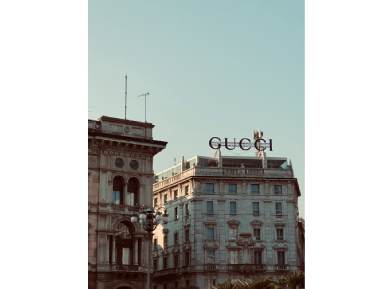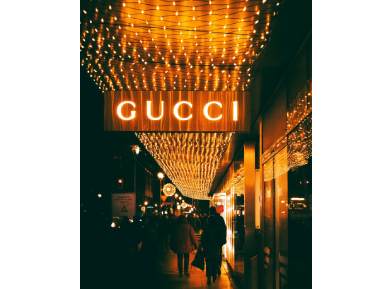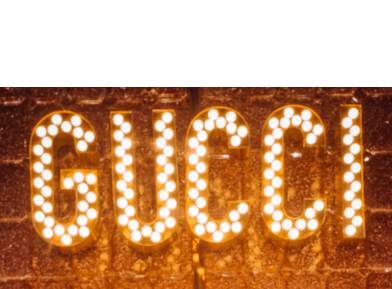Florence, as we all know, is renowned for its rich history, breathtaking architecture, and vibrant culture. It is also, though, the birthplace of one of the world’s most iconic fashion brands, Gucci. The story of the Gucci family and their journey to create a global luxury empire is a fascinating tale of creativity, innovation, and family values that continues to captivate fashion enthusiasts and travelers alike. In this post, we’ll explore the captivating history of the Gucci family in Florence, their contributions to the world of fashion, and their lasting legacy in the city.
The Gucci story begins with a humble leather craftsman named Guccio Gucci. In 1921, Guccio opened a small workshop in Florence, where he initially crafted leather goods like luggage and horse saddles. His commitment to quality and attention to detail quickly gained a reputation among the local elite, who recognized the superior craftsmanship of his products. In the 1940s, under the leadership of Guccio’s son, Aldo Gucci, the brand took a major step forward with the introduction of the Bamboo Bag. This iconic handbag, featuring a distinctive bamboo handle, became an instant sensation. Its unique design captured the essence of both luxury and practicality, and it remains a symbol of Gucci’s commitment to innovation and craftsmanship.


Another significant milestone in Gucci’s history was the creation of the double G logo. Designed by Aldo’s son, Maurizio Gucci, the interlocking GG became the brand’s emblem and a symbol of luxury and sophistication. This iconic logo can still be seen on many Gucci products today, from handbags to clothing and accessories. Under the guidance of the Gucci family, the brand continued to expand its offerings, opening flagship stores in Florence and other fashion capitals around the world. The family’s commitment to quality and innovation led to the creation of iconic fashion pieces, including the Flora scarf and the Horsebit loafer, both of which remain popular to this day. Despite the brand’s continued success, internal conflicts within the Gucci family led to a tumultuous period in the company’s history. Legal battles and power struggles threatened to dismantle the empire. In 1993, the Gucci family lost control of the company, marking the end of an era.

Today, Gucci is owned by the French luxury conglomerate Kering, and the brand continued to thrive under the creative direction of Alessandro Michele(no longer with Gucci), who has revitalized Gucci’s image, blending the brand’s heritage with modern and eccentric designs. While the Gucci family may no longer own the brand, their legacy lives on in Florence. Travelers and fashion enthusiasts can explore the brand’s history by visiting the Gucci Garden, a museum and concept store located in the heart of Florence. Here, you can immerse yourself in the world of Gucci, from vintage pieces to contemporary collections, and gain a deeper appreciation for the brand’s heritage. The Gucci family’s journey from a small leather workshop in Florence to a global fashion powerhouse is a testament to their dedication to quality, innovation, and timeless style. While their ownership of the brand may have ended, their legacy continues to influence the world of fashion, and the Gucci name remains synonymous with luxury and sophistication.
ISI Florence offers the possibility to study stories like this as well as other brands and trends that make Italy a constant leader in the fashion industry. All our courses blend interactive lectures, classroom discussions, case studies, guest presentations, and exclusive field trips to provide a distinctive overseas learning experience! For a full list of all Fashion courses offered, click here:
